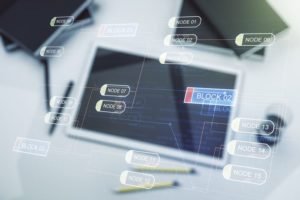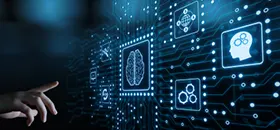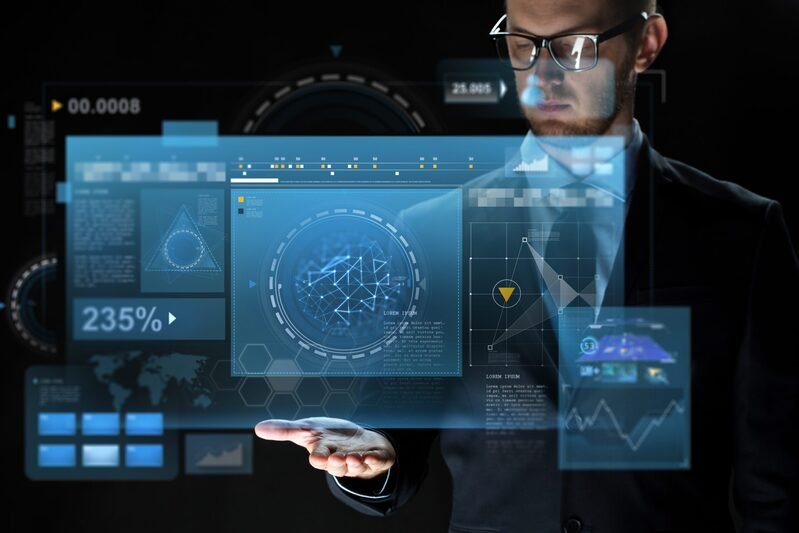Last updated on October 13th, 2022 at 05:37 am
Machine learning is the application of Artificial Intelligence (AI) that enables systems to learn automatically and improve from experience without being programmed directly. Its main focus is on the development of programs that access data and use the same for self-improvement.
The machine learning process starts with observing data to look for similar patterns in any form and make better decisions in the future based on these trends. The main aim is to enable the computers to learn automatically and adjust actions accordingly without human intervention or assistance.
Data mining and predictive modeling involve similar processes as machine learning. Both these methods involve searching through data to look for patterns and then adjusting the program actions according to those patterns.
A common example of machine learning for people is shopping on the internet and being served ads related to it. This happens because online ad delivery is personalized almost in real-time by recommendation engines using machine learning.
Along with personalized marketing; detection of fraud, spam filtering, network security threat detection, predictive maintenance, and building news feeds are other common machine learning use cases.
Some machine learning methods
Machine learning algorithms are often categorized as supervised or unsupervised.
- Supervised machine learning algorithms can apply past learnings to new data with the use of labeled examples to predict future events. It starts with the analysis of a known training dataset based on which the learning algorithm produces an inferred function to make predictions about the output values.Targets are provided by the system for any new input after sufficient training. The learning algorithm can also compare its output with the correct, intended output and find errors in order to modify the model accordingly.
- Unsupervised machine learning algorithms – These types of algorithms are used when the information used to train is neither classified nor labeled. Unsupervised machine learning enables you to understand how systems can infer a function to describe a hidden structure from unlabeled data. The output given by the system is not right, but it explores the data and can draw conclusions from datasets to describe hidden structures from unlabeled data.
- Semi-supervised machine learning algorithms have qualities of both supervised and unsupervised learning since they use both labeled and unlabeled data for training. Mostly, these algorithms use a small amount of labeled data and a large amount of unlabeled data. Learning accuracy is considerably improves in systems using this method.When the acquired labeled data requires skilled and relevant resources in order to train it or learn from it, semi-supervised machine learning is used. Otherwise, additional resources are generally not required for acquiring unlabeled data.
- Reinforcement machine learning algorithms is a learning method that collaborated with its environment by delivering actions and finds errors or rewards. The most pertinent characteristics of reinforcement learning are trial and error search and delayed reward.Machines and software agents can automatically determine the ideal behavior within a particular context in order to maximize their performance using this method of machine learning. Simple reward feedback is required for the software specialist to learn which action is best and is known as the reinforcement signal.
Large quantities of data can be analyzed using machine learning. It identifies profitable opportunities or dangerous risks by delivering faster, more accurate results; however, it may also require additional time and resources to train it properly.
Large volumes of information can be processed more effectively if machine learning is combined with AI and cognitive technologies.
For example, Facebook’s News Feed customizes each user’s feed with the help of machine learning. If a user frequently likes or shows any activity on a particular friend's posts, the News Feed will start to show more of that friend's activity earlier in the user’s feed.
At the backend, the software is simply using statistical analysis and predictive analytics to identify patterns in the user's data and use those patterns to populate his/her News Feed. If the user no longer shows interest to read, like, or comment on the friend's posts, that new data will be included in the dataset and the News Feed will update accordingly.









